Apartments, villas or townhouses: what earns the most in Dubai?
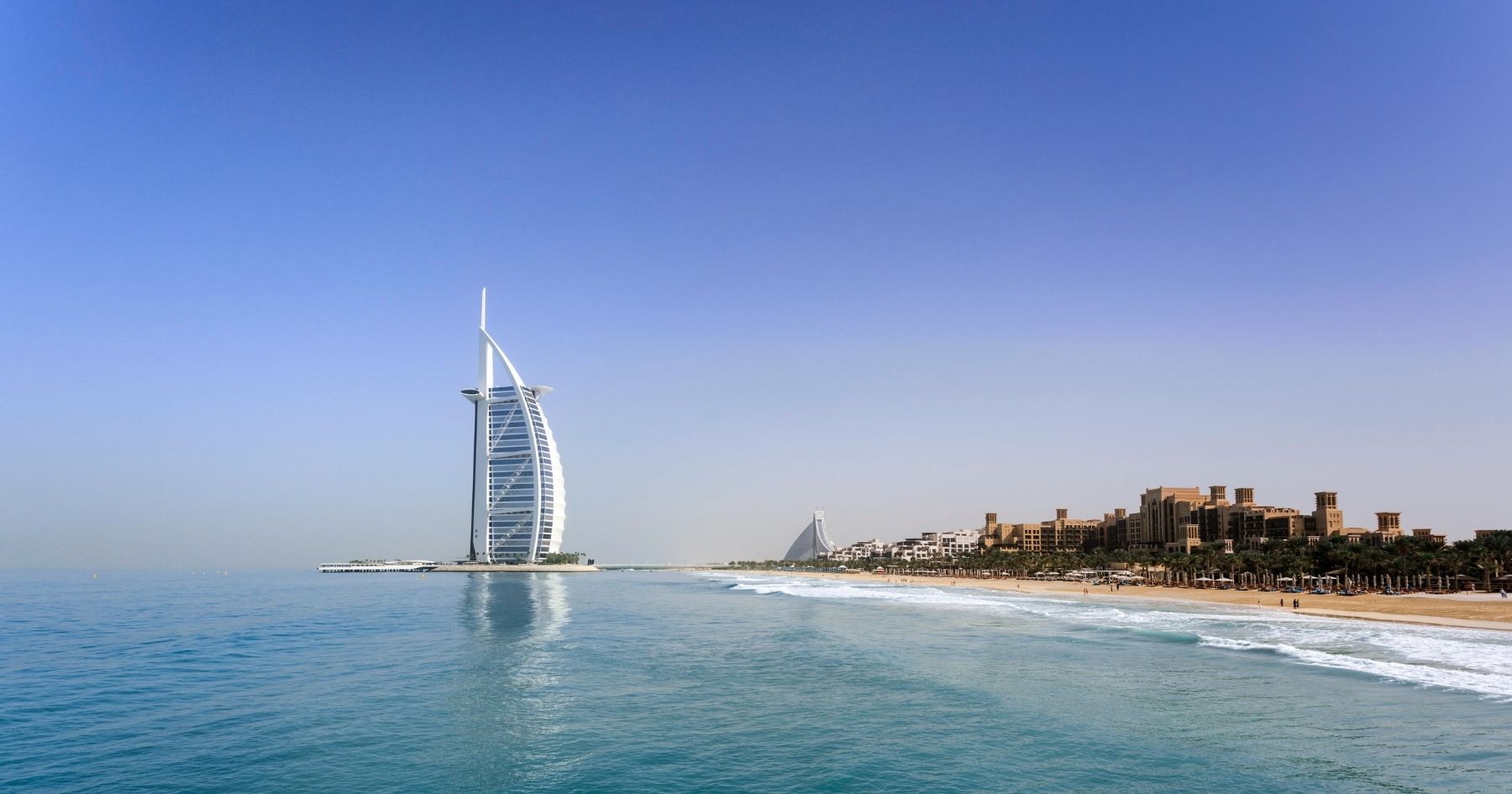
Dubai is among the world's metropolises with above-average real estate rental income. In 2024 and 2025, the average gross annual rental yield (the ratio of annual rent to property price) is around 6— 8%, significantly surpassing cities such as London and New York. Let's compare different property types in terms of net annual rental income in Dubai, referring to the current data for 2024-2025, and advise which type is most attractive to an investor looking for a return.
Apartments: the leader in the percentage of rental income?
Yes Investment apartments Dubai offers the highest rental yields among residential properties. The average gross yield varies around 7— 10% per annum, depending on the location and size of the apartment. Smaller units such as studios and 1-bedroom apartments are extremely profitable — in popular neighbourhoods such as Downtown Dubai, studios generate over 8% per year, and affordable community zones such as Dubai Silicon Oasis and Jumeirah Village Circle bring an average return of 9-11% for apartments. Thus, ordinary apartments in good locations bring about 6— 8% per year, which is confirmed by statistics — the citywide average gross yield for apartments was around 7.3% in the middle of 2025
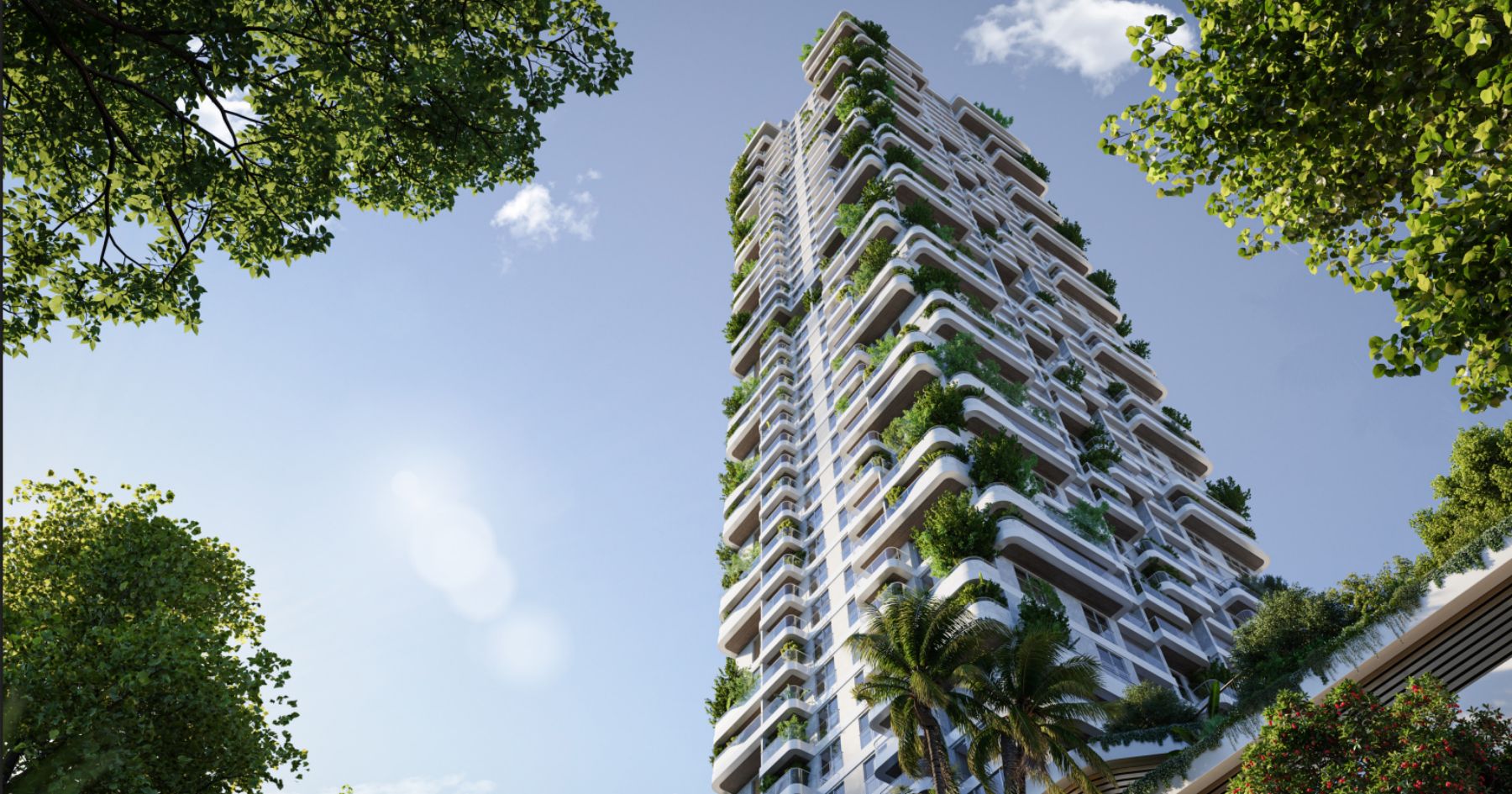
Such a high return on apartments is due to the lower purchase price (compared to villas) and the strong demand of tenants from the ranks of expats and young professionals for apartment housing. Small apartments have the best rent-to-price ratio - for example, a studio in an affordable neighborhood can cost in the order of hundreds of thousands of AED, but it will cost tens of thousands of AED per year in rent, giving a yield calmly above 9-10%. Large-scale luxury apartments have a slightly lower percentage of returns, often around 5-7%, as their prices are high
Net vs. gross
For apartments, you should expect higher service fees (maintenance, building management, repair fund), which can reduce the gross yield by ~1-2% percentage point. Despite these costs, however, the net income for apartments remains higher than for villas or townhouses. Our analyses show that although service fees reduce the net yield of apartments, it is still higher than the net yield of a comparable villa. Thus, the investor manages to obtain a very solid net return from the apartments, often around 5— 8% per annum.
Villas: lower yield, but potential for capital appreciation
Villas in Dubai bring a significantly lower percentage of rental income than apartments. Typical rough rental yieldfor a villa, it varies approximately in the range of 4-6% per annum. The reason for this is the high purchase price; spacious family villas cost multiples of the price of an apartment, however, the rent is not comparably higher.
There are exceptions: more affordable villa sites or smaller houses in satellite neighborhoods can achieve slightly better numbers. In mid-priced communities such as Jumeirah Village Circle, Al Furjan and The Springs, the returns of villa properties were around 6-8%. The highest recorded returns for villas were roughly 7-8% per year in 2024, in affordable communities like DAMAC Hills 2 or Mirdif. In particular, in JVC (Jumeirah Village Circle), the gross yield of villas in the first half of 2025 hovered at a maximum of 7.28% per annum - this was one of the highest values for villas in Dubai ever. But still, even the most profitable villas rarely surpass the yield of an average apartment.
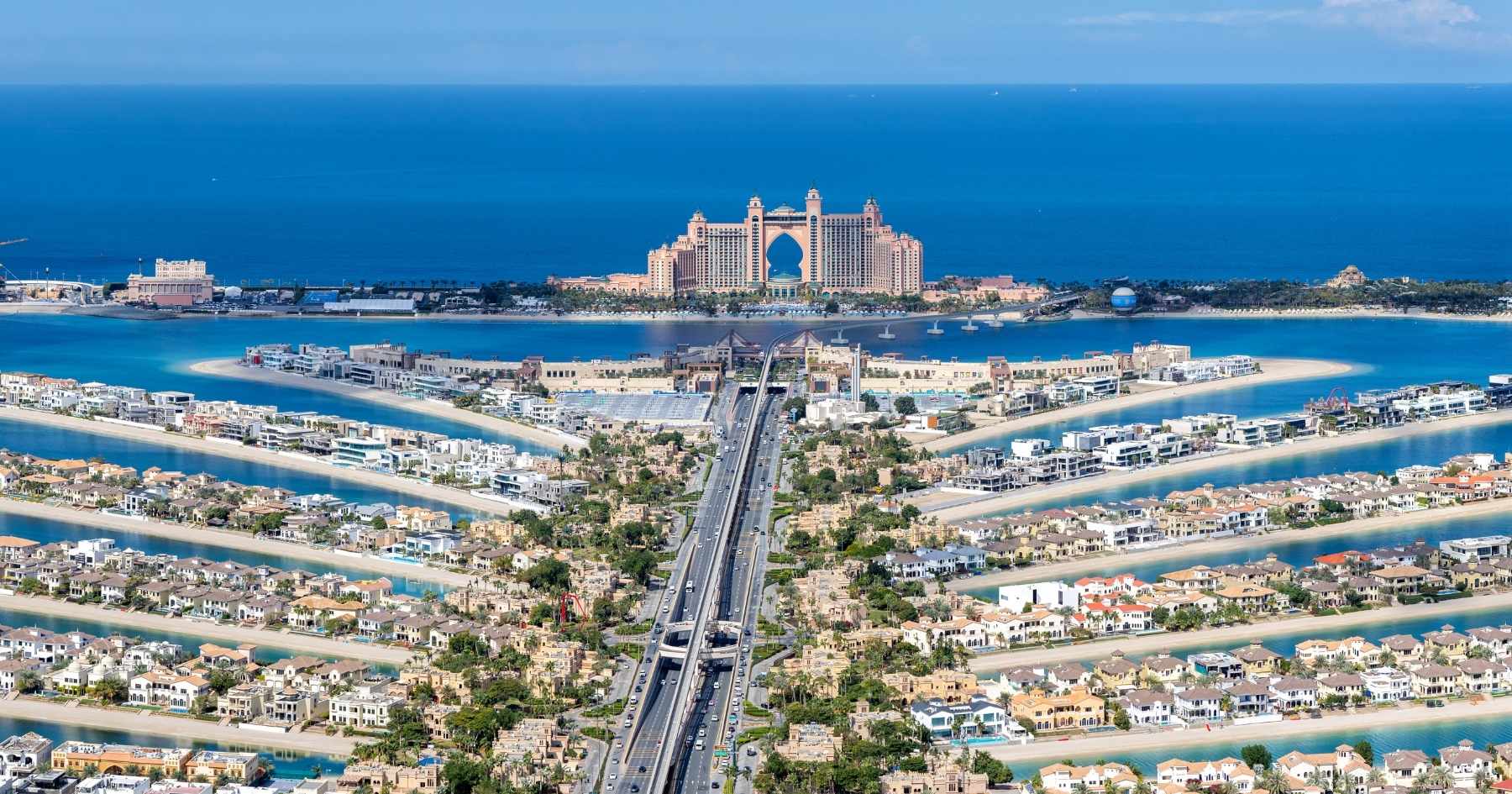
So why invest in a villa?
The main advantages are capital appreciation and stability of tenants. After the pandemic, Dubai villas experienced an enormous increase in prices - for example, in 2024, villa prices in some neighborhoods increased by 20-30+%(up 56% in Arabian Ranches). Thus, an investor in a villa can earn on the growth of the value of the property, although the ongoing cash flow from the rent is lower. Also, the tenants of villas tend to be families and long-term residents, which means longer rental contracts and less turnover. Villas are often inhabited by tenants for several years, while for apartments (especially smaller ones), the annual change of tenant is more frequent. This reduces the risk of rent default — even if the yield is lower, the villa may not stand empty as often. In addition, the maintenance costs of the villa in relation to the price tend to be relatively lower - you do not pay a high fee to the building manager than for an apartment, although of course the maintenance of the house and garden also costs something. As a result, the net return of the villa (after costs) may not differ so much from the gross (perhaps a decrease of ~ 1%), but for an apartment the difference in gross vs. net yield can also be 2+%.
Townhouses: the golden mean?
A townhouse is a type of property that in Dubai represents a terraced house or a smaller detached villa within a community. In terms of rental income, they are middle category - the returns of townhouses are generally similar to those of villas, or slightly higher due to the lower price compared to a detached villa. According to our analysts, both villas and townhouses in Dubai are in the range of approximately 4.5-6% of the gross annual yield. A townhouse can fetch ~ 1% more than a comparable villa, as buying a townhouse is cheaper, but renting (especially for families) still generates a decent amount. For example, in the new neighborhood of Emaar The Valley, the expected returns from 3-bedroom townhouses are 6.5-8% per year, while larger villas in the same community are only 5.5-7.5%. Similarly in the emerging field Dubai Südsome of the highest yields are reported: 7.5-9.5% for apartments and 6.5-8.5% for townhouses.
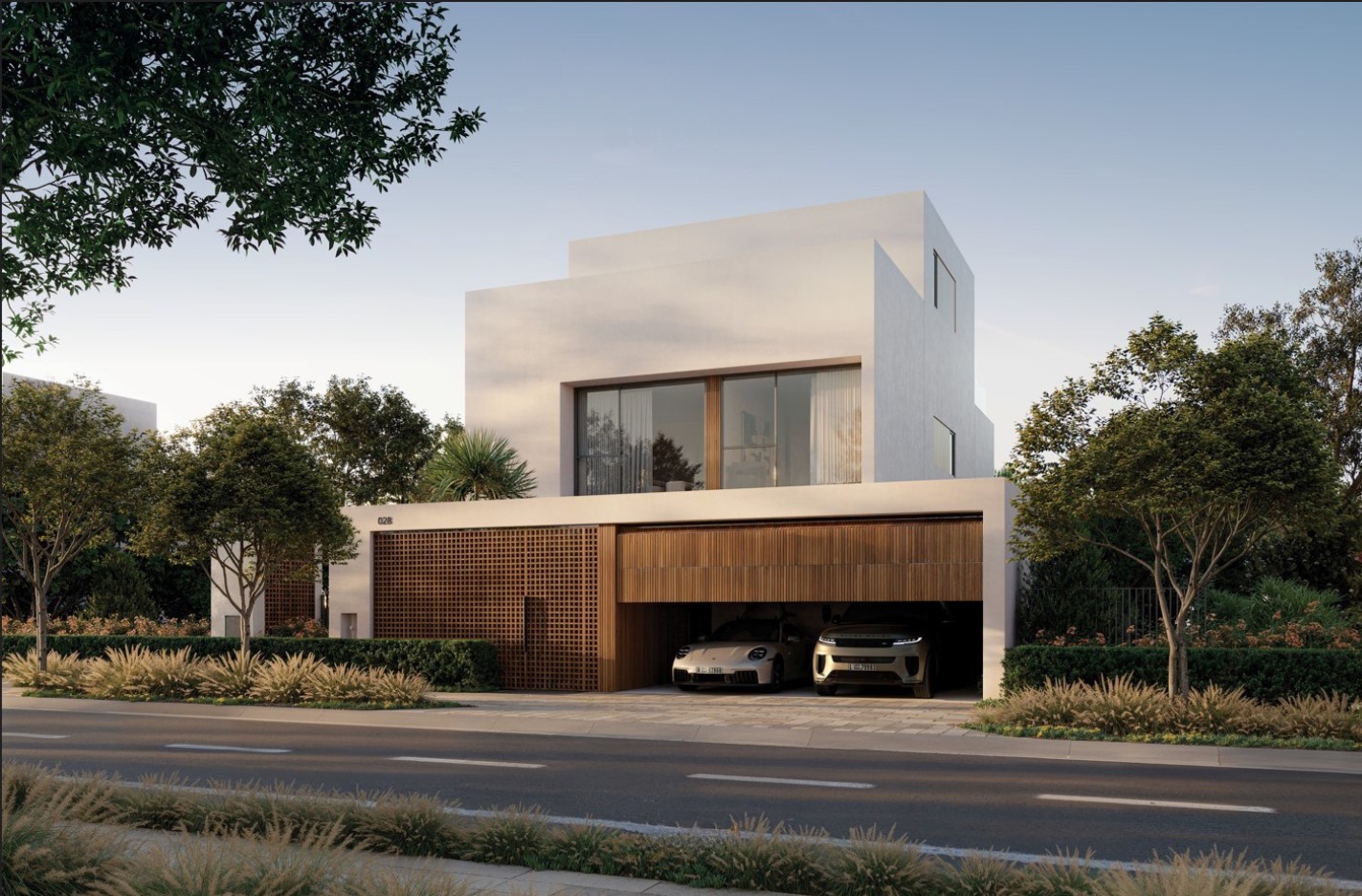
Thus, in practice, townhouses in established neighbourhoods generate around 5-7% of the gross per year, which corresponds to the income of medium-sized apartments or better-situated villas. A townhouse is a popular compromise — the target audience of tenants are families who are looking for more space than an apartment offers, but cannot afford or do not want to pay for a large villa. For the investor, this means a stable long-term tenant (often a family with children who want to stay in a given locality for the sake of schools and community life). Townhouses also have lower service fees (smaller common areas) - for example, in modern communities like Dubai Hills Estate, fees for villas/townhouses are only ~3—4 AED/ft² vs. 15—20 AED/ft² for apartments. This helps to increase the net yield. In net terms, such a well-bought townhouse can be close to the income of an ordinary apartment (e.g. ~ 5% net). Of course, location and demand are key
Which type of property is best for yield?
Thus, for a yield-oriented investor, smaller apartments in good locations make the most sense. These combine the highest% of recovery and a relatively lower risk of unoccupancy - the demand for them is high and in the event of the tenant's departure they can be quickly rented to another interested party
Townhouses can be a good compromise for those investors who, in addition to yield, are also looking for security of value and stable tenants. Although they do not outperform the best apartments in terms of yield, they still offer a decent ~5-7% per annum. At the same time owning townhousemeans having a liquid asset attractive also to end buyers.
From the point of view of purely rental income, villas come out the least efficient. Their yield of ~ 5% can be for an investor who borrows money (mortgage), even on the verge of covering interest costs. However, villas make sense for investors with a long-term horizon, which is about preserving and growing the value of the property.
Summarizing
If your goal is to maximize the regular cash flow from the rental, then an apartment in Dubai (ideally smaller, in a busy neighborhood with good demand) will be the most profitable option. The expected gross return of 7-9% (and net around 5-7%) far outweighs the alternatives. A townhouse can be a good choice for balancing yield and stability - still a solid yield of around 6%, smaller fluctuations in occupancy, and the prospect of value growth. The villa makes sense rather than a premium investment for those looking for long-term appreciation and prestige; the rent covers the basic costs and the rest of the profit is realized by the investor when selling the property after years.
Blog
Similar articles



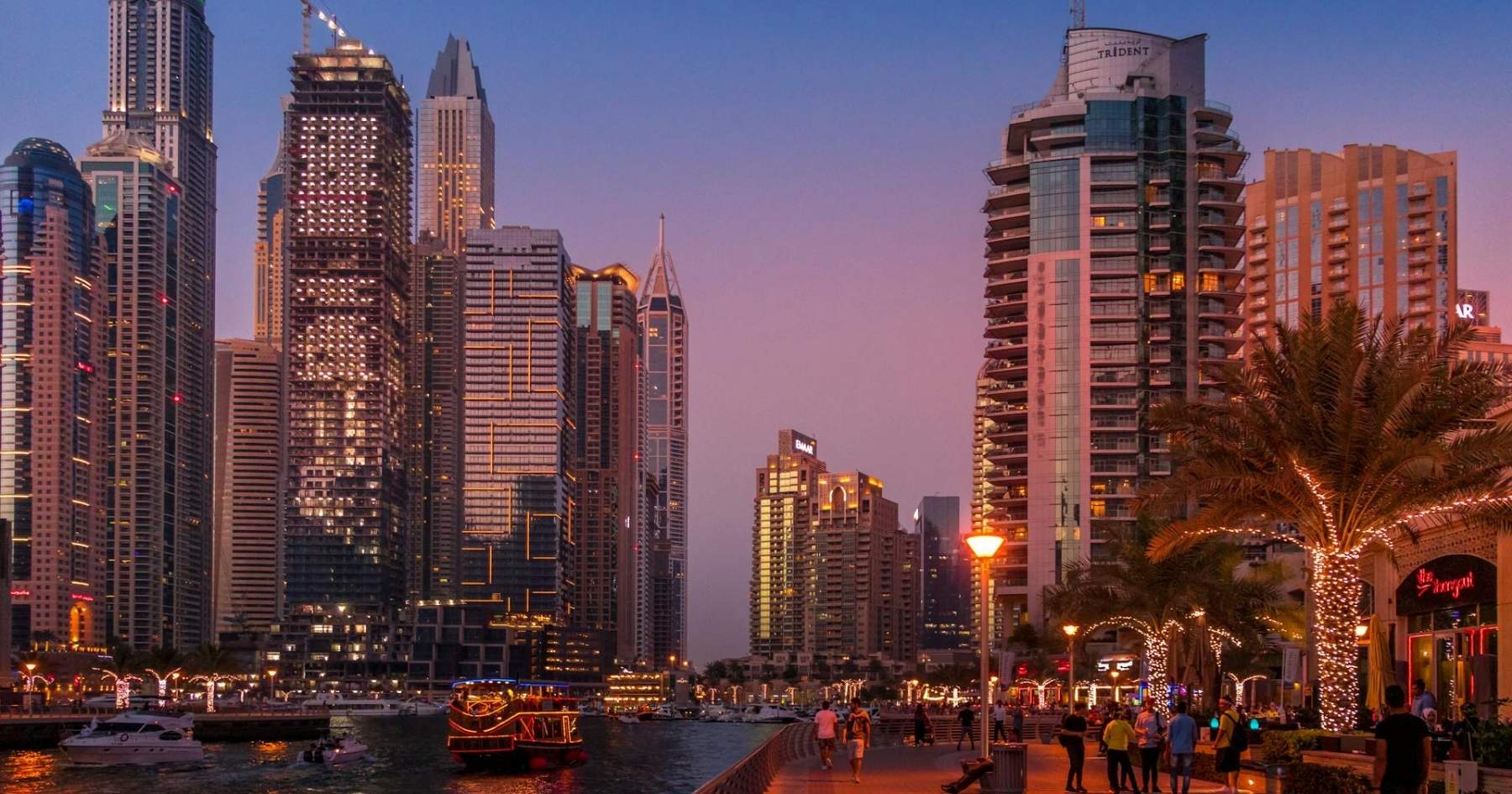


























.avif)


